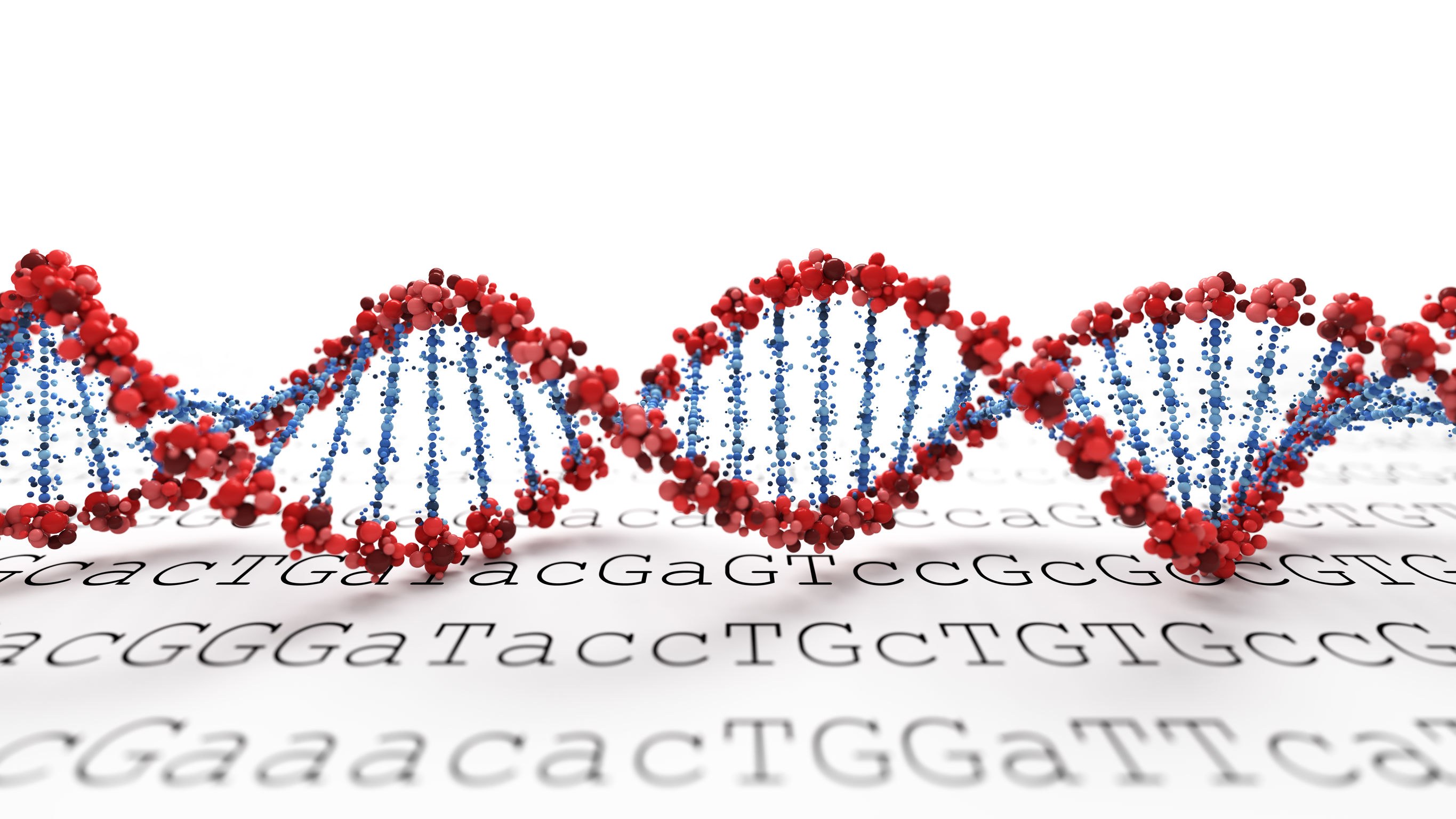
Liquid biopsy has promising clinical utility in breast cancer
November 2019
Wayne Kuznar for oncoXchange
Circulating tumor (ct) DNA is detectable in >90% of patients with advanced cancer but is frequently present at low levels, so sensitive assays are required to detect it.
Circulating tumor (ct) DNA is detectable in >90% of patients with advanced cancer but is frequently present at low levels, so sensitive assays are required to detect it. The potential for ctDNA as a biomarker in breast cancer was reviewed by Nicholas Turner, <D, at the 2019 ESMO Congress.
“We’re beginning to build proper evidence of clinical utility in using ctDNA to direct therapy in metastatic cancer"
“We’re beginning to build proper evidence of clinical utility in using ctDNA to direct therapy in metastatic cancer,” said Turner, from the Royal Marsden NHS Foundation Trust, London, England. In the SOLAR-1 study, similar if not greater activity of the PIK3 inhibitor alpelisib was observed in those tumors that were PIK3CA positive in their ctDNA compared with the use of tissue screening to identify PIK3CA mutations. The sensitivity of the assay, however, was only 55% “so it did miss some tumors that were PIK3CA positive,” he said.
If ctDNA is to be used routinely for the purpose of selecting therapy in metastatic cancer, samples should only be taken at disease progression for ctDNA tumor genotyping and tumor biopsy testing to confirm negative results should be considered.
“What ctDNA assays are really useful for is studying acquired mutations in the cancer,”
“What ctDNA assays are really useful for is studying acquired mutations in the cancer,” Turner said. “One of these is acquired mutations in ESR1 that result in ligand-independent growth and are acquired through prior aromatase inhibitor [AI] therapy.” He urged caution in retreating patients with aromatase inhibitors without knowing the ESR1 mutation status in the metastatic setting.
He urged caution in retreating patients with aromatase inhibitors without knowing the ESR1 mutation status in the metastatic setting.
Multiple resistance mutations can be identified in ctDNA. Data in ovarian cancer reveal that patients perform poorly in terms of progression-free survival if reversion mutations are detected in BRCA1/2 before treatment with a PARP inhibitor treatment, “so there’s potential to identify resistance mutations to guide therapy,” Turner said.
Another potential use for ctDNA is interrogation of cancer evolution. “It’s a great tool for investigating how cancers can evolve through treatment,” he said.
Breast cancer, in particular estrogen receptor (ER)-positive breast cancer acquires numbers of mutations of the ER, MAP kinase pathway genes, and MYC and transcription factors as mechanisms of resistance to their prior endocrine therapy. ESR mutations are detectable in the blood a median of 6.7 months prior to progression in the metastatic setting. “When you look at these resistant mutations, they’re often at low levels compared to clonal mutations in the blood,” said Turner. “So ER-positive breast cancer is becoming very subclonal possibly as individual metastases develop different mechanisms of resistance. This can be studied through therapy by conducting exome sequencing on their ctDNA.”
“So ER-positive breast cancer is becoming very subclonal possibly as individual metastases develop different mechanisms of resistance. This can be studied through therapy by conducting exome sequencing on their ctDNA.”
Monitoring of therapy in metastatic breast cancer may also be possible through the use of ctDNA. The level of ctDNA is prognostic in its own right in metastatic breast cancer, as patients.

Comments (0)